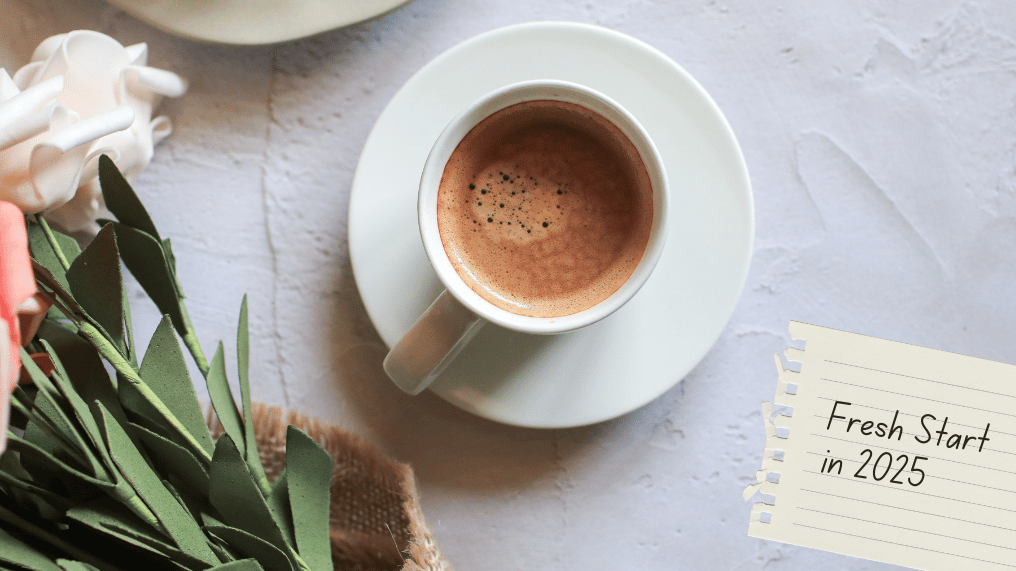Nostalgia Marketing, a Good Strategy to Connect with Chinese Millennials?
Key take-away:
- Chinese millennials are the first generation in China that is active online and willing to express their emotions through social media.
- Rapid growth in China introduces constant challenges and high stress level of Chinese millennials, as they need to keep learning to catch up with the changes.
- A good nostalgia marketing campaign may provide Chinese millennials some temporary relief from their daily hassle.
Chinese Millennials and China’s Flourishing Economic Growth
Chinese millennials, typically born in the period from 1981 to 1996, are the first generation in China that are actively engaging in internet, and open to express themselves through social media.
China’s economy has undergone significant transformation in this period. Its Opening Up and Reform policy has saw rapid industrialization and growth in the manufacturing sector. And with its sustained high GDB growth in the successive decades, the country became the world’s factory, with a booming export-led economy, which has been gradually transforming to a innovation and technology focused, consumption-driven model. Despite the challenges posed by the pandemic to its economy, China was one of the first countries to recover from the pandemic’s economic impact.
As the service industry and high tech industries in China continue to grow rapidly, Chinese millennials face increasing pressure. They need to keep learning and adapt to changes in the job market to avoid being replaced by a younger workforce. Research shows that the anxiety levels of millennial workers often peak around the ages of 32-331.
Why Nostalgia Marketing?
Beautiful memories can bring a sense of comfort and feeling of security. Marketing strategies that evoke emotional resonance by utilizing precious memories are particularly effective for the millennial generation in China.
Compared with other generations, Chinese millennial generation are more likely to resonate with nostalgia marketing.
Mesmerizing of the past can temporarily relieve current pressures for Chinese Millennials. Through reflecting on their childhood experiences, warm and happy memories, they can develop clearer self-awareness and better understanding of their current situation. In particular, when facing the uncertainties of the future, nostalgia helps Chinese millennials forget about their current problems, reestablish a positive attitude towards life, and formulating a more meaningful connection between the past and present.
Therefore, engaging in nostalgia marketing on social platforms helps brands cultivate a more relaxed, effective and positive relationship with the millennial generation in China.
What Types of Nostalgia Marketing Work?
1. Time-honoured Brands that were Popular in the 80s and 90s in China
These time-honoured brands (老字号) in China are part of the precious memories of Chinese millennials, so they don’t need to deliberately create an nostalgic atmosphere to resonate with the millennial generation.
However, these brands can not just stay in the childhood memory of Chinese millennials as something nice to think about, they also need to establish a brand value in order to catch up with the already grown-up generation to achieve sustainable development.


Case study | How a Chinese confectionery brand connected to Chinese Millennials through Nostalgia Marketing
White Rabbit (大白兔) Milk Candy is a shared childhood memory for all Chinese millennials.
At the end of 2022, White Rabbit collaborated with Maxam (美加净,another Time-honoured skincare brand) to launch a limited-edition lipstick, which featured the flavour of White Rabbit milk candy.
The sweet and happy memory associated with the scent of the White Rabbit milk candy successfully triggered millennial generation’s emotions. The lipsticks, and perfumes, shower gels and hand creams etc, which White Rabbit has also collaborated with other brands to produce, all have become a social media frenzy rapidly and been sold out on Douyin (Chinese version of TikTok) in no time. Leveraging nostalgia as an opportunity, White Rabbit has expanded its business lines with a refreshed brand visibility.
2. Co-branded Products That Resonates With The Nostalgia Emotions
The famous fashion brand Jimmy Choo collaborated with the creator of the well-known Japanese anime Sailor Moon on the occasion of its 30th anniversary. They launched co-branded boots, handbags, and other Sailor Moon-themed items, which have gained considerable attention, as Sailor Moon used to be one of the most popular Japanese anime series in the 80s and 90s in China.


However, co-branded products often requires the brands to deal with a series of problems from product concept, design, manufacturing to IP issues. Brands need to invest significant resources and time into such process.
3. Boosting Brand Awareness Through Nostalgia Marketing
For most brands, enhancing brand awareness through nostalgia marketing is probably the easiest to implement in order to reach the Chinese millennials.
Case study | Chinese insurance company enhanced its brand visibility in Chinese Millennials by nostalgia marketing
Ping An Insurance (中国平安), one of China’s largest insurance companies, was established in the 1980s; Jacky Cheung (张学友), a legendary Chinese pop singer, also became famous around 1985.
In 2023, while Jacky Cheung had a concert tour, Ping An Insurance released a video titled “一路上友你” (which translates to “Friends Along the Way”).
This video follows the love story of a man and a woman, pairing each stage of their lives with a song by Jacky Cheung. The themes of these songs cover love, companionship, and troubles in life, successfully resonating with Chinese millennial generation.
As a result, Ping An Insurance has successfully bound the brand’s vision and key values to trendy topics through nostalgia marketing, which has stimulated consumers’ interest and discussion, and boosted emotional bonds efficiently.
GET IN TOUCH
 Next Post
Next Post



